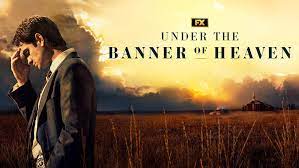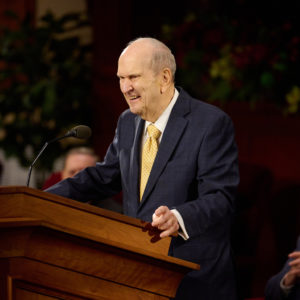by Paul W. Hess
In late October 2022, a writer named Ben Schneiders published an article in The Sydney Morning Herald, followed by a 60 Minutes Australia broadcast he produced one day later in a coordinated media campaign that paints a dark and accusing picture of finances in The Church of Jesus Christ of Latter-day Saints in Australia. Jana Riess of the Salt Lake Tribune and RNS Religious News Service then references the Australian articles in her own piece dated October 31, 2022. For much of the article, she appears to sound objective and open to waiting for the truth to come out, but in her heading and in the last paragraph, she seems to be fully onboard with the baseless Aussie allegations. Others, like KUER, Axios, and Fox-13, are now passing along the same claims as objective “findings,” along with similar claims relating to church donations in Canada. Questions are raised about the Church’s “morality” since even the Canadian reporter interviewed on KUER acknowledged there is no evidence that any tax laws have been violated. [Read more…] about Defamation Down Under: Responding to the Aussie Allegations
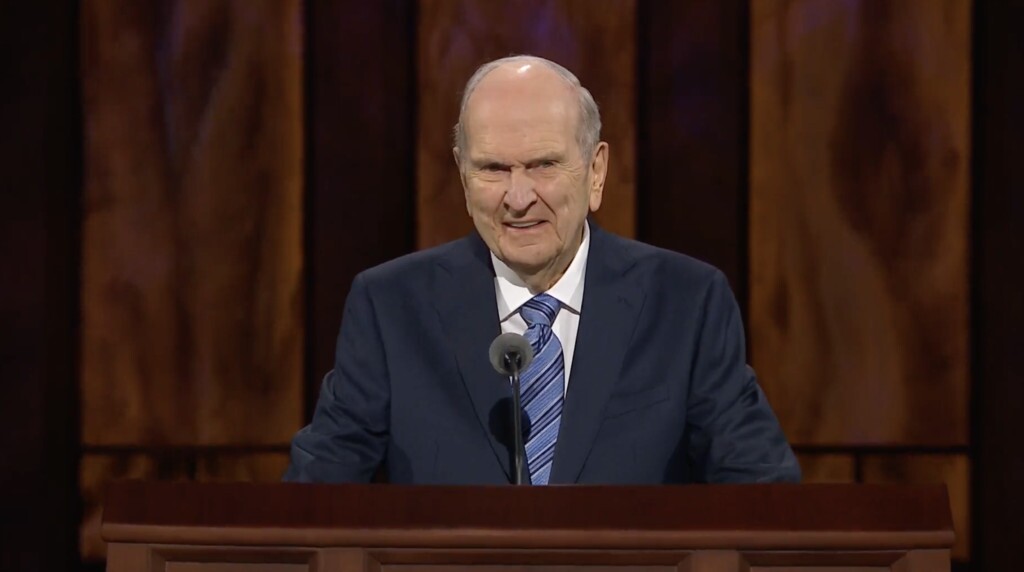
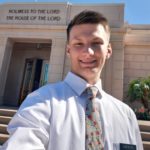 Ammon Holyoak is serving as a full-time missionary in the Mesa Arizona Mission, currently assigned to proselyte in American Sign Language. He is from Cedar Hills, Utah.
Ammon Holyoak is serving as a full-time missionary in the Mesa Arizona Mission, currently assigned to proselyte in American Sign Language. He is from Cedar Hills, Utah.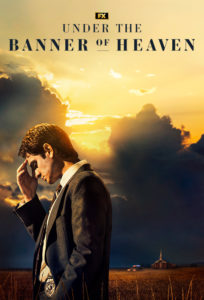
 Tarik D. LaCour is a Ph.D student in philosophy and MA student in neuroscience at Texas A&M. Primary research interests are in philosophy of neuroscience, philosophy of mind, moral psychology and epistemology. He is a traditional Latter-day Saint and author of the blog Mad Dog Naturalist. He has interest in developing rigorous apologetic arguments rooted in an empirical philosophical approach and plans on continuing his contributions to Latter-day Saint apologetics.
Tarik D. LaCour is a Ph.D student in philosophy and MA student in neuroscience at Texas A&M. Primary research interests are in philosophy of neuroscience, philosophy of mind, moral psychology and epistemology. He is a traditional Latter-day Saint and author of the blog Mad Dog Naturalist. He has interest in developing rigorous apologetic arguments rooted in an empirical philosophical approach and plans on continuing his contributions to Latter-day Saint apologetics.